A good presentation structure makes or breaks a presentation.
In this article, I’ll explore several of my favorite structures you can use to organize your presentations for maximum impact.
Presentation Organization With 8 Patterns
One of the most important factors that contribute to a successful presentation is the pattern of organization that you use to structure and arrange your ideas.
1. Chronological pattern
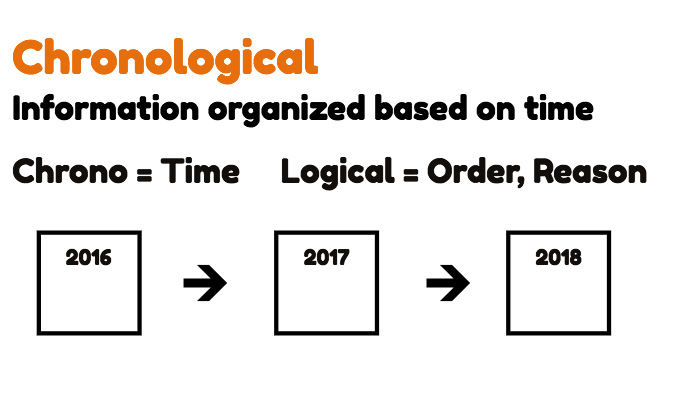
This model is best suitable for historical, timeline and process or procedure topics that can be split into different segments according to the time sequence.
Structuring your presentation chronologically means your information will be arranged according to the order of time in which each event occurred.
Chronologically structured presentations often contain segments like dates, flash-backs, future-present-past, before-during-after, flash-forwards, etc.
2. Sequential pattern
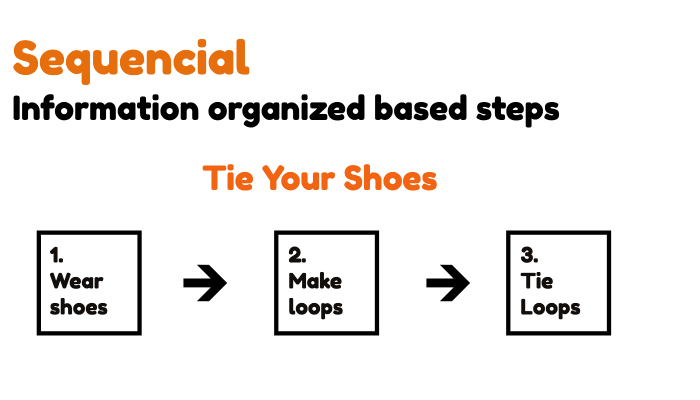
Just like the Chronological pattern, a sequential pattern also involves organizing information in a particular order over given period. The information is arranged systematically in a step-by-step sequence that essentially describes a particular process.
Under this pattern, the main sections, further divided into sub-sections, represent each primary step while its sub-sections represent the sub-steps that the targeted audience will follow in the real-life application of what is being described.
A sequential pattern is best suitable for presentations like a report, project rollout, etc., that describe a process that occurs in a series of step over a period.
3. Spatial pattern
A spatial pattern of presentation organization is the arrangement of information depending on how things fit within a physical space. It involves creating a mental picture of the parts of something so that they can be analyzed in their physical position. Spatial pattern is mostly used in descriptions, but can also work well for classifications, narrations, examples, and other forms of exposition. For instance, while describing a building, I might begin with the description of the entrance, what I see at the door, the color of the building, what I see as I walk towards the middle of the room, etc..
4. Climatic pattern
A climatic presentation pattern is the arrangement of information from the least important to the most important. You essentially save the best and the most important part of the presentation for the last to hold the attention of your audience. Words commonly used under this category include most difficult, better still, worse yet, more important, etc.
5. Problem-Solution pattern
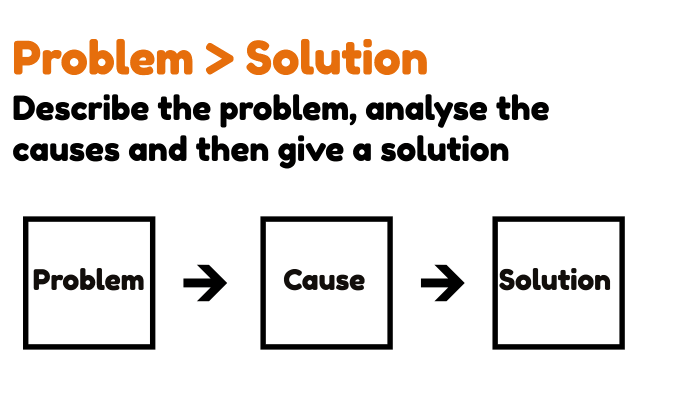
Problem-Solution Pattern is mostly applied in a persuasive presentation, where you describe the causes and effects of a problem with high clarity and then point out a solution that either control or eliminate the effects. It involves the arrangement of your presentation information into two main segments. The first segment discusses the nature of a problem while the second segment discusses the solution. This pattern is best suited for a presentation where your aim is to convince and compel your audience to take action.
6. Compare-Contrast pattern
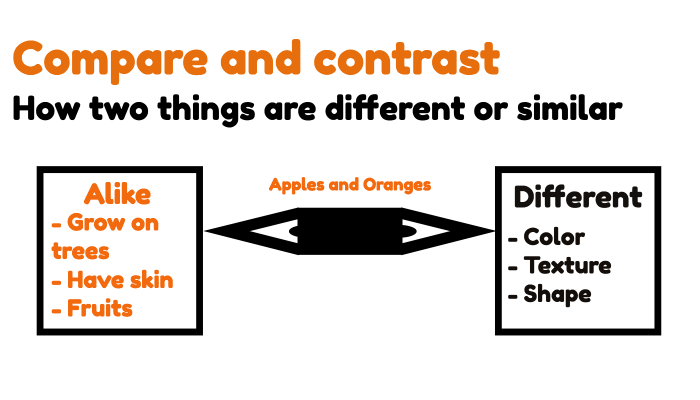
This pattern involves organizing information depending on how two or more things are related to or different from one another. This presentation works well in a situation where your audience can better understand a particular topic when it is discussed in a relationship to another topic.
7. Cause-effect pattern
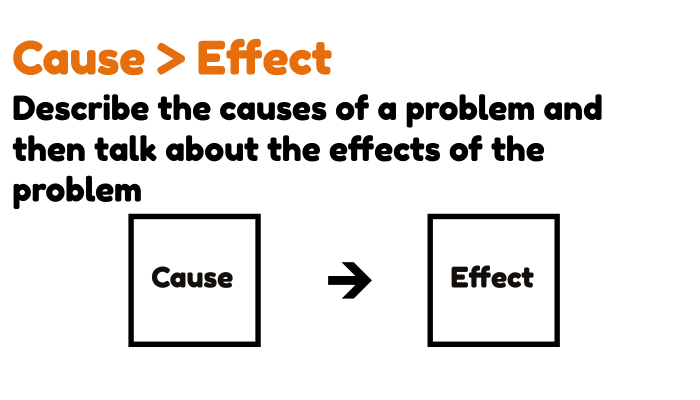
This pattern is best suitable for persuasive and expository presentations in which you advocate your audience to take action that will result in a solution to a problem. In this pattern, information is arranged to show the reasons why something happened or the effects of something.
8. Advantage-disadvantage pattern
In this pattern, information is organized into “good” or “bad” categories, or pros and cons. It gives your audience the opportunity to weigh and consider all options before deciding which is best for them with minimal outside influence.
Conclusion:
These were my top 8 time tested patterns for structuring your presentations. If I missed some or if you think of one that could be useful, please leave it in the comment. I would love to add the knowledge to the community.




